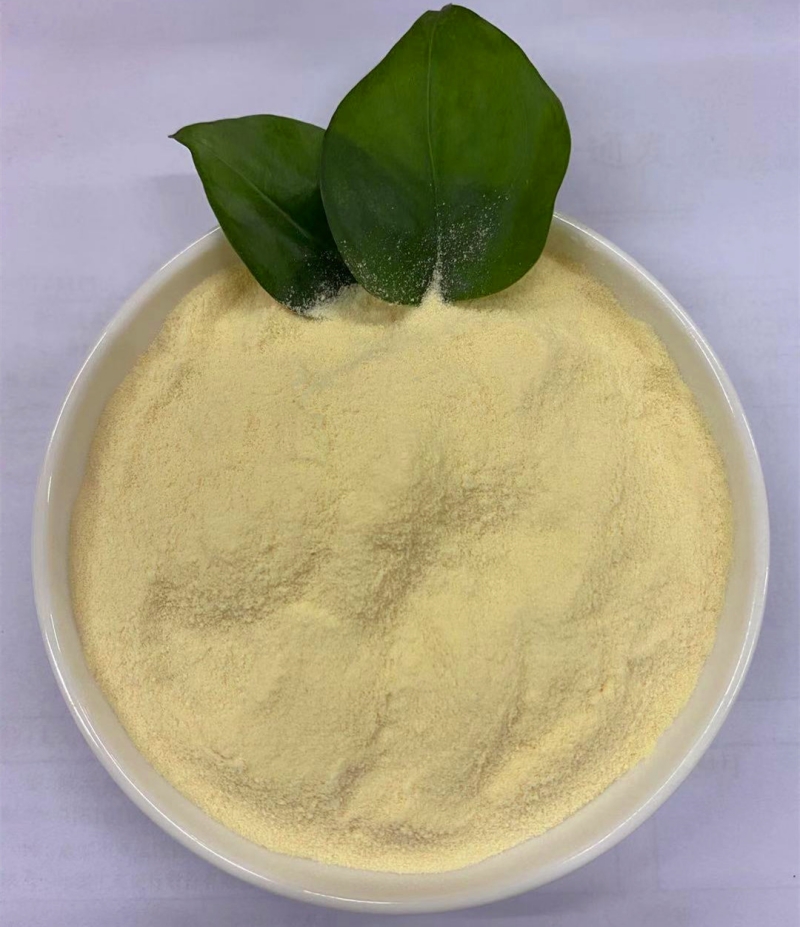Introduction
Amino acids are the building blocks of proteins and play a critical role in almost all biological processes. In agriculture, they are becoming increasingly recognized for their potential to improve crop yield and quality. In this article, we explore whether there are specific crops that could benefit more from amino acids as a nutritional supplement.
What Are Amino Acids and How Do They Benefit Crops?
Amino acids are organic compounds made of nitrogen, carbon, hydrogen, and oxygen. They are crucial for various cellular processes such as protein synthesis, tissue repair, and nutrient absorption. In crops, amino acids function as a natural stimulant that supports growth, improves stress resistance, and boosts overall plant health.

Foliar Application of Amino Acids: A Quick Fix
Foliar application refers to the spraying of nutrients directly onto the leaves of plants. Research shows that foliar-applied amino acids can nutritionally benefit crop plants by enabling faster absorption and utilization of essential nutrients.
Amino Acid Fertilizers: The State of the Art in Plant Nutrition?
Amino acid-based fertilizers are quickly becoming an essential part of modern agriculture. They offer a balanced nutritional profile that includes not only primary nutrients like NPK (Nitrogen, Phosphorus, Potassium) but also essential amino acids that are readily absorbed by plants.
Specific Uses of Amino Acids in Plants
Amino acids have the ability to chelate, or bind, nutrients in the soil, making them more available for plant uptake. This ability enables plants to use sub-nutrients more efficiently, leading to better growth and higher yields.
Special Mention: Crops That Benefit More from Amino Acids
Some crops, like wheat, corn, and soybeans, appear to benefit more from amino acid supplementation. The fast growth rate and high yield of these crops may make them more receptive to the additional nutrients provided by amino acids.
Economic Considerations: Is It Worth the Price?
While amino acid fertilizers can be more expensive upfront, their benefits often outweigh the costs. Better crop yields, improved stress resistance, and higher nutritional content in the harvested produce can make these products cost-effective in the long run.
Tips for Application
To maximize the benefits of amino acid fertilizers, consider the following tips:
- Apply during the early morning or late afternoon for optimal absorption.
- Make sure to maintain a balanced soil pH for effective nutrient uptake.
By ensuring proper application and understanding the specific needs of different crops, you can make the most out of amino acids in agriculture.
Conclusion
Understanding the role of amino acids in crop health and nutrition can significantly benefit farmers and the agriculture industry as a whole. While they may be especially beneficial for certain types of crops, their overall utility in improving plant health and yield is clear.
Additional Resources
For those interested in integrating amino acids into their farming practices, several high-quality products are available on the market.












